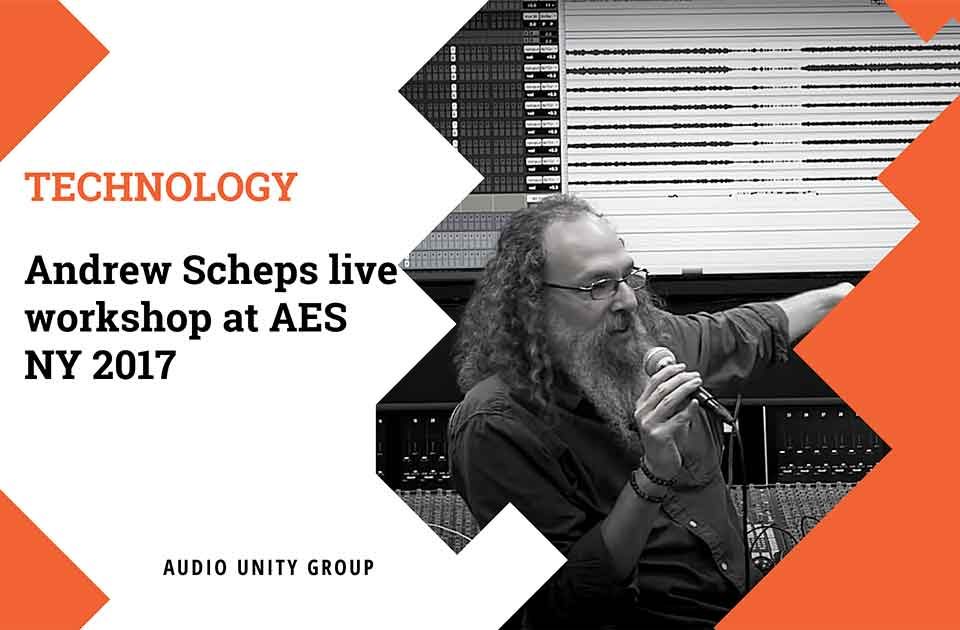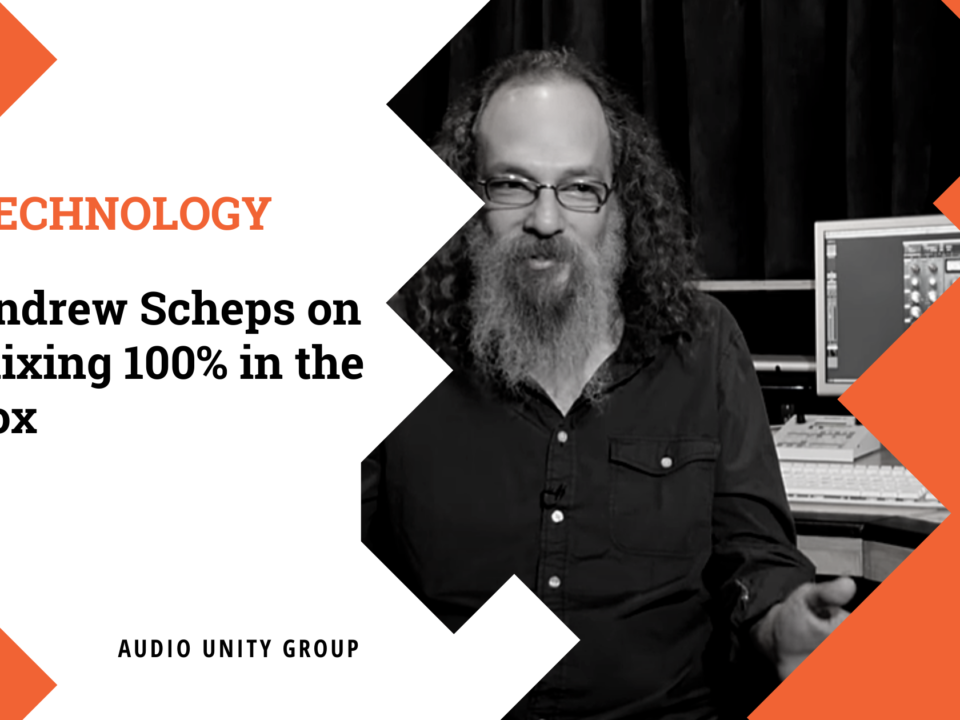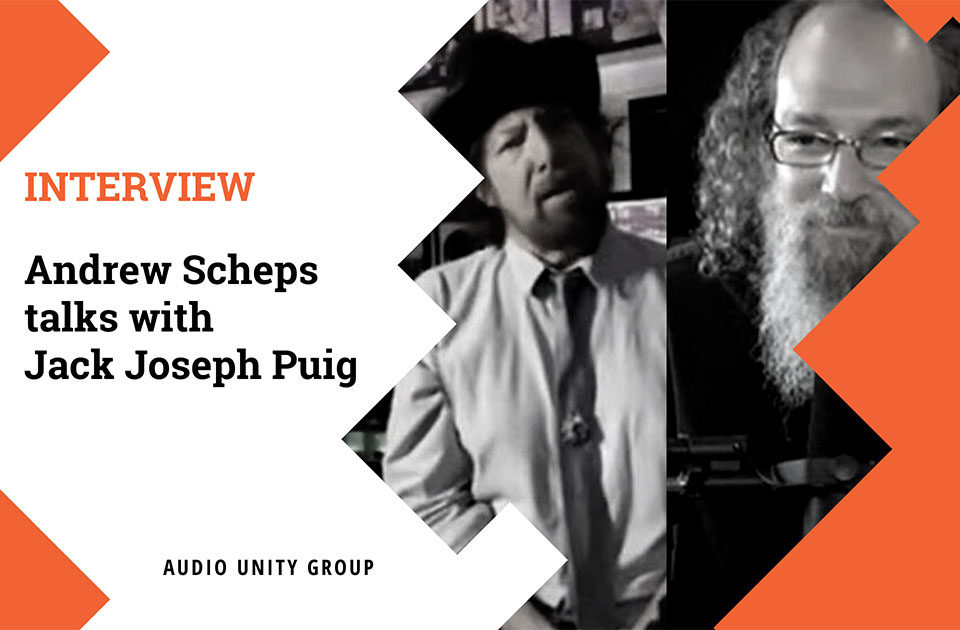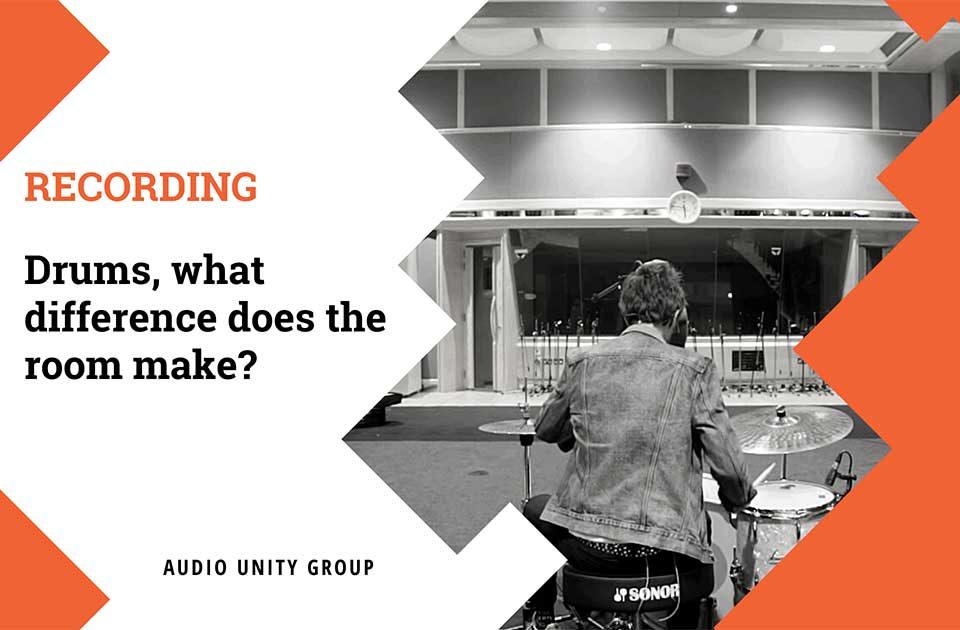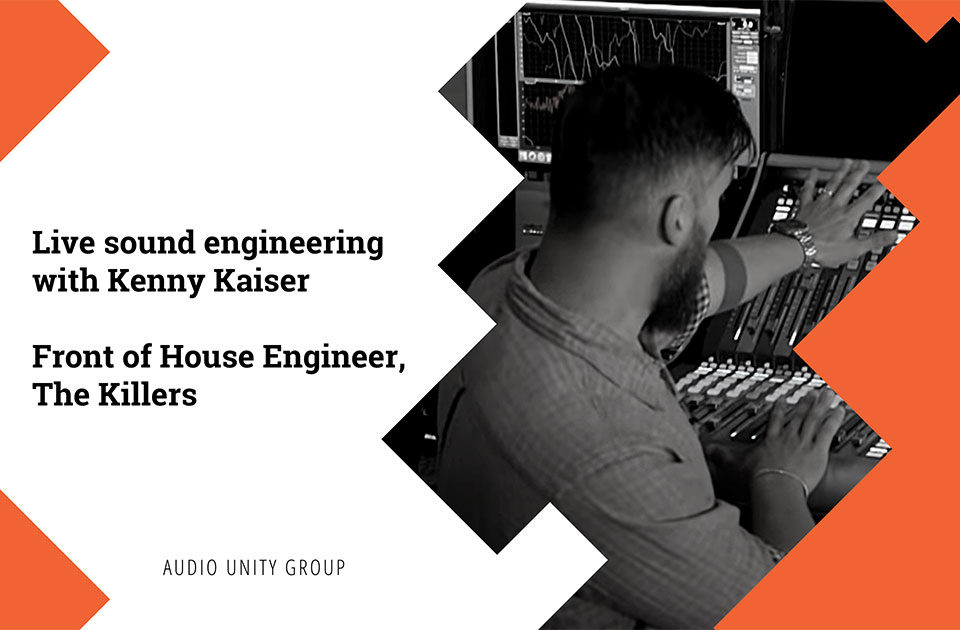
Recording Acoustic Guitar at Home
May 7, 2020
Mix Session with Chris Lord-Alge
May 7, 2020Dance Music Mixing Tips with Morgan Page
DJ/producer/remixer Morgan Page (Madonna, Katy Perry, Tegan & Sera, La Roux) gives his tips and tricks on how to approach a dance mix with the Morgan Page EMP toolbox.
Transcription
[00:00:09.530]
My name is Brian Deck, and I’m here at Ivy Lab Sound Studios in Chicago to talk to you a little bit today about drum micing techniques. We’ll start with one microphone and work our way up to five. I’ll describe the microphones I’m using as we go, but as usual, you can use whatever you have on hand. These techniques will improve the recording quality no matter where you are. If you’re in a studio, if you’re recording at home in your rehearsal space, wherever it’s going to help out.
[00:00:36.410]
But I wanted to start with one because a lot of people have to record drums with the fewest possible resources. They still want a great sound. And I think I have a way to get you a really punchy present. Good drum sound with one microphone. Cheque it out.
[00:00:56.410]
Okay, so this is our one microphone drum setup. I’m using a condenser microphone. It’s an omni, so it’s just as sensitive to everything 360 degrees everywhere, which is important in this application. To get a good drum recording, you want it to be punchy and present rather than getting distant and capturing the room. I’ve got it as close to every element of the drum kit as I can get it.
[00:01:20.760]
This is right over the beater on the bass drum and in between the snare rack Tom and the floor Tom, and close enough to the symbols to get everything. This is what it sounds like.
[00:01:44.450]
Okay, so this is our two microphone technique. We have the same condenser mic switched into cardioid now, which means it’s only hearing stuff that comes on axis from below the microphone here. It’s not hearing stuff from the other side, whereas it was in omni before where it was hearing from every direction. We’ve added a kick drum mic. I generally like the kick drum mic outside of the drum, right in front of the centre of the drum head.
[00:02:10.560]
But you can experiment. I put it on the batter side of the drum before some people like it inside the drum. I think that sounds like bouncing a basketball on the gym floor, but you might like that. You might like taking the front head off. Just experiment.
[00:02:23.120]
Get the sound that you want. And remember to cheque phase between the two microphones. Let’s hear it.
[00:02:40.230]
Okay. So here we are again. This is a three mic setup. This is a mono three mic set up in our two microphone set up. The thing that you usually don’t get quite enough of is the floor Tom, because you’re the farthest away from that element and you’re not directly over it.
[00:02:54.500]
So this third microphone is pretty much a floor Tom mic, but it’s a little bit distant. It provides a little bit of ambience for the snare drum as well. And I took an extension cord and measured just from the centre of the snare drum to the front of each microphone to make sure that both microphones are equidistant from the snare drum again. Always cheque phase. Cheque the phase relationship of each two mics to each other and let’s hear what that sounds like.
[00:03:35.410]
So here’s the same three microphones in a stereo setup. We’ve taken the two cardioid condenser mics and placed them above the kit to get a stereo snapshot of the whole thing. I like to place the microphones over the Toms equidistant from the centre of the snare sort of roughly in the vicinity of the symbols. And that will give you a good stereo spread of the drum kit. When you pan those apart, you’ll hear the Toms move from left to right because you’ve Micked it this way.
[00:04:05.400]
So let’s hear that.
[00:04:18.290]
Okay. Now, this is a four mic setup. Once we moved the overheads into a stereo array like that, we got a little bit less snare drum. The Snare became a little less punchy, so the four mic set up is the same three mic stereo setup with an added Snare mic. Cheque phase, cheque phase.
[00:04:36.240]
Keep checking phase.
[00:04:51.390]
Our last microphone technique today on the drum set is a five microphone technique. We’ve added annoying U 87 as the room mic. This will bring excitement and depth to your studio recording. Let’s hear it.
[00:05:21.010]
So there are several drum Micking techniques. Remember, always experiment. Always try new things. Always think of different ways to try to suit the needs of the song, the musical project that you’re working on. Thanks for spending some time with us today and cheque out some of the other videos on Reverb.
[00:05:35.660]
Com.
Download FREE pdf
mastering chain cheat sheet
Use this 10 step mastering chain sheet to improve your mastering processes and to make sure you do right things at the right time!
DOWNLOAD PDF
Hey I’m Tom, I’m a mastering engineer here at Audio Unity Group. I mostly look after Vinyl production and audio side of things. I hold a bachelor’s degree with honours from Kingston University in London. I love audio and helping others create outstanding-sounding records.






